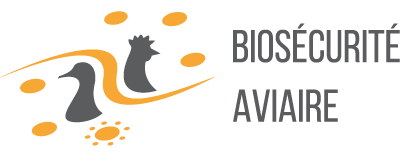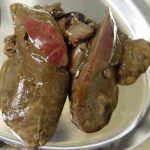Siadenoviroses (type 2 adenovirus) include 3 main diseases: enteritis haemorrhagic of turkey, marble spleen disease of pheasant, and splenomegaly of chicken.
The disease agent and its pathogenicity
The etiological agent is a siadenovirus. There are several strains with different pathogenicity. Adenovirus is an unenveloped, icosahedrally symmetrical, DNA virus, 70-80 nm in diameter. Replication takes place in the nucleus, which leads to intranuclear inclusions. The virus is resistant to lipid solvents, and at pH levels of 3 to 9, but is inactivated by formaldehyde. The agent is resistant for a long time in litter and in corpses.
The virus of each species can infect the others, and all 3 are serologically identical.
The virus induces apoptosis of reticular cells, attracts macrophages and causes the release of inflammatory factors that cause shock and immunosuppression.
Infection, regardless of the viral strain, induces good immunity, with good cross-protection against other strains.
Epidemiological data
- Birds less than 4 weeks old are resistant to the infection. Turkeys are often infected at 4-8 weeks, pheasants at 3-8 months; chickens are infected at a variable age, but the disease mainly affects breeding animals at 20-45 weeks.
Adenovirus has been found in other bird species but is not a significant agent of the disease. - Most turkeys and chickens have antibodies against the virus. The clinical disease is well controlled (vaccination) but the subclinical infection persists.
- There is no vertical transmission. It is only horizontal through the faeces. Litter is the main source of contamination and the virus enters through the oral or cloacal route.
Clinical manifestations of the disease
Symptômes
- There is a sudden appearance of signs and epizootic diseases of 7-10 days but 2ndary infections can prolong the signs in the farm for 2-3 weeks.
- In the classic form, turkeys die in less than 24 hours with haemorrhagic diarrhea. Mortality varies according to the virus strain involved: from less than 1% to 80%, but often less than 10%; the whole batch is sick, with prostration. This form is less common nowadays, due to the effectiveness of vaccination. However, there is a subclinical form, with episodes of mortality and prostration in farms for 7-10 days around 45-60 days of age.
- In pheasant and chicken, there is no diarrhea but death is even faster due to asphyxia. In pheasants, mortality is 5 to 20%. In chicken, it’s similar to turkey.
Lesions
- In turkeys, there is a pale carcass, with haemorrhagic enteritis mainly in the duodenum, characterized by dilated handles filled with clots and a more or less liquid content and sometimes with fibrin that does not adhere well to the surface of the mucosa. The subclinical form is a large liver-large spleen syndrome; the liver is enlarged and friable, congestive, with sometimes a hemorrhagic staining; the spleen is very hypertrophied, friable and blackish.
- In pheasant and chicken, we have an enlarged and marbled, friable spleen, and congested blackish lungs.
- On microscopic examination, we see intra-nuclear inclusion bodies.
The diagnosis
Clinical diagnosis
Diagnosis is difficult when only based on the clinic.
Histological lesions are characteristic; they are intranuclear inclusion bodies in the lymphocytes of the spleen.
- Virology is possible from intestinal samples or spleen.
- Serology is even more effective, by precipitation in a gel medium or by ELISA.
- PCR is also available.
Differential diagnosis
- For turkey: sepsis, heavy metal poisoning, coccidiosis.
- For pheasant and chicken: influenza, Newcastle disease, infectious laryngotracheitis, + for chicken, infectious bronchitis or gas asphyxiation (CO, CO2,…).
Disease prevention and control
Traitement
Can be considered by injecting antisera from convalescing birds. Antibiotic treatment against superinfections can be considered: generally, treatment against diarrhoea (colistin in water) and/or treatment stimulating the immune system (vitE + Se) is sufficient.
Vaccination
Is done routinely, with a commercial vaccine (DindoralÒ, Boeringher Ingelheim). Maternal antibodies interfere with taking the vaccine. The vaccination date can be predicted from the antibody level of the turkey poult at 1 day. Vaccination is usually done at 28 days, but determining the precise ideal date can be useful in farms with recurrent large liver-largespleen syndrome and high mortality.
Prévention
Disinfection and biosecurity are essential to prevent disease transmission.







